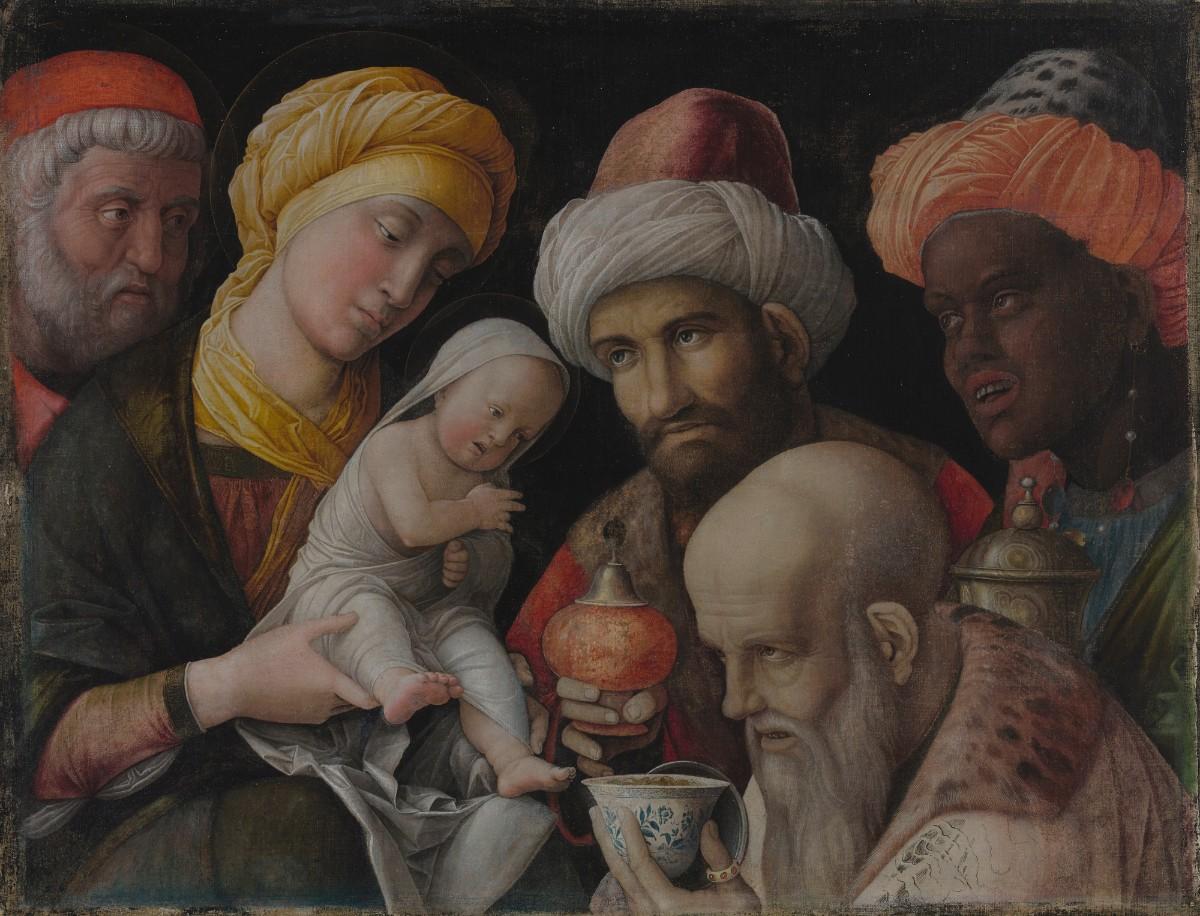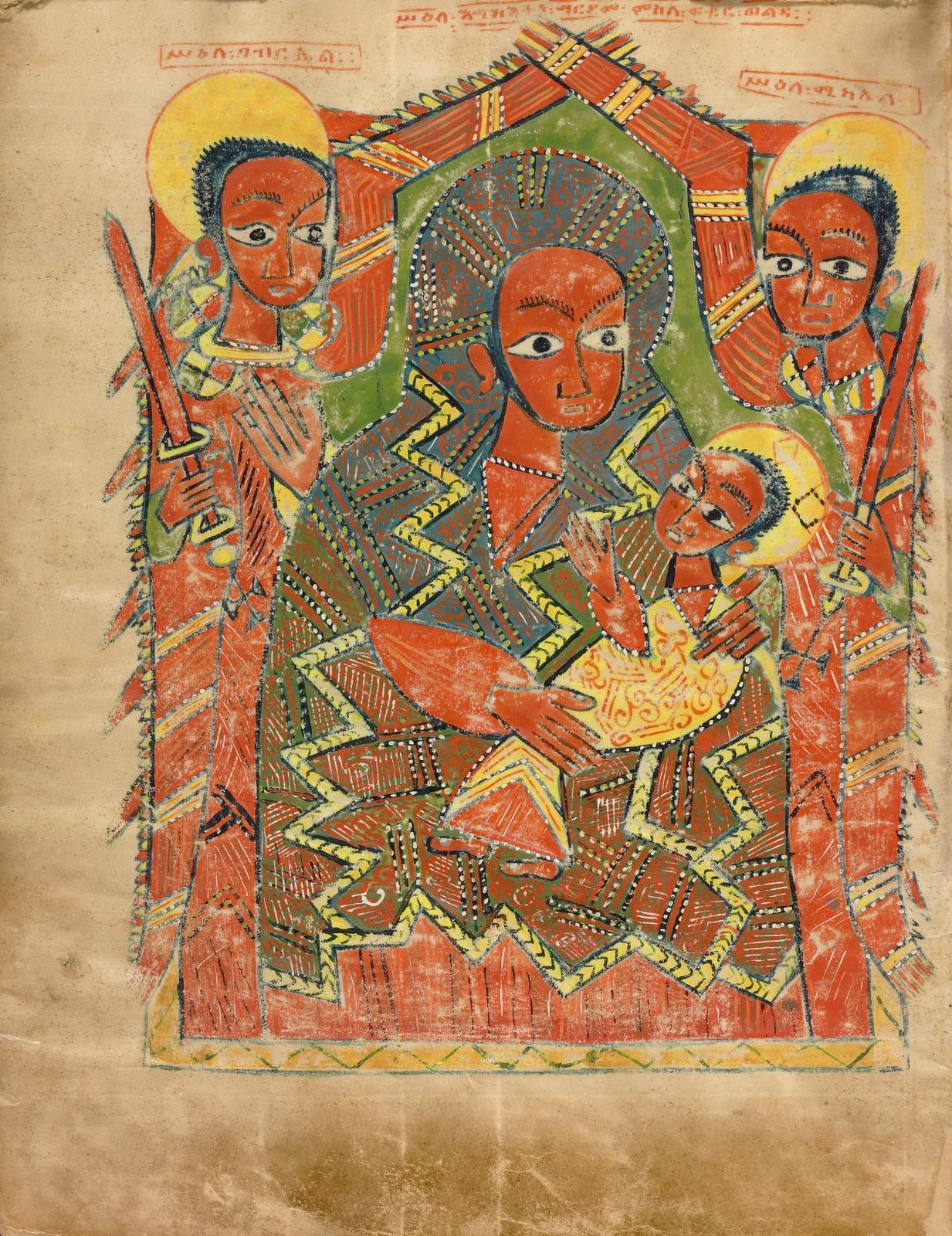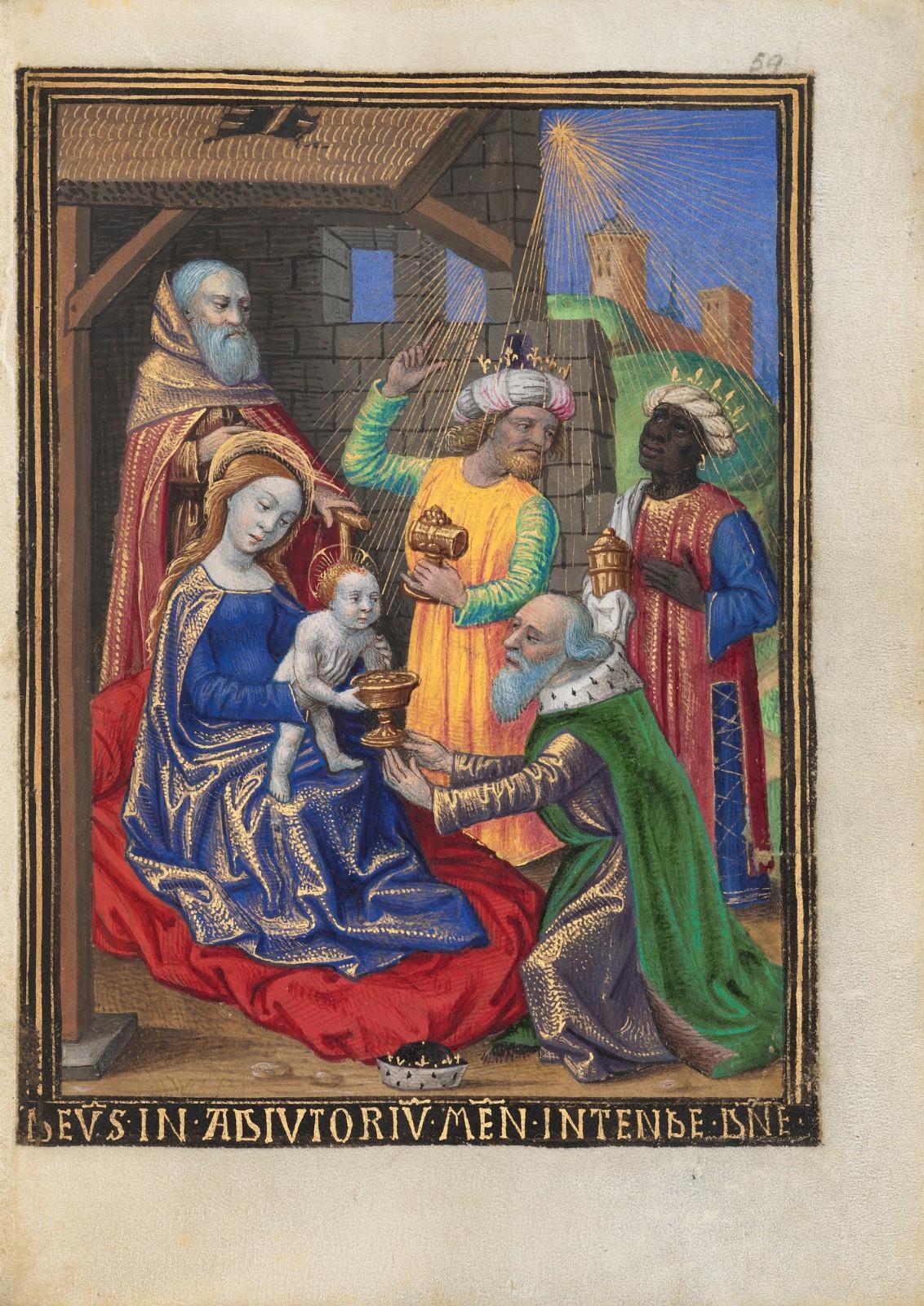Balthazar: A Black African King in Medieval and Renaissance Art, an exhibition at the Getty Center Museum on view from November 19, 2019 to February 16, 2020, examines how representations in European art of Balthazar as a Black African coincided with the increased interaction between Europe and Africa, particularly with the systematic enslavement of African peoples in the fifteenth century.
“This exhibition examines the illuminated manuscripts and paintings in the Getty’s collection that tell the story of Balthazar, placing this artistic-religious narrative in the context of the long history of material trade networks between Africa and Europe,” says Timothy Potts, director of the Getty Museum. “By exploring how his representation coincided with and was furthered by the rise of the slave trade, we can begin to understand the works of art in our collection, and the broader historical and cultural phenomena they reflect, in new ways.”
According to the Gospel of Matthew, “magi from the East” paid tribute to the newborn Christ with offerings of gold, frankincense, and myrrh. Magos is an ancient Greek word for a Persian priest-astrologer or dream interpreter. Revered as wise men, they came to be known as three kings because of the number and richness of their gifts. European writers later assigned names to these individuals, Caspar, Melchior, and Balthazar, and specified that the kings came from the three then-known continents of the world: Europe, Asia, and Africa. Despite further written descriptions of Balthazar as a Black African, European artists continued for centuries to represent him as a White king. Such treatment was not exclusive to the magi. Medieval European artists typically (and potentially inaccurately) represented biblical figures as White, indicating cultural or racial difference only though costume or attribute.
In the earliest example of the Adoration of the Magi (about 1030-40) in the Getty’s collection, the three kings are virtually identical and are represented as three White men. Only Caspar, the eldest, is distinguished by his gray beard and slightly longer robes. The exhibition contains other examples in which Balthazar’s African origin was communicated through his turban, which resembled that of the Mamluk sultan of Egypt, or his leopard-pelt headdress. The materials that the magi held and gifted, including hardstone vessels and gold, also carried powerful geographic associations with lands distant from Europe.































